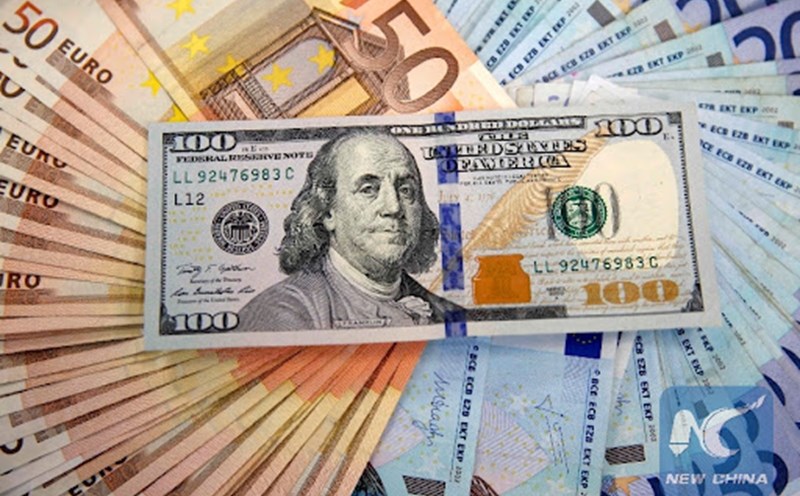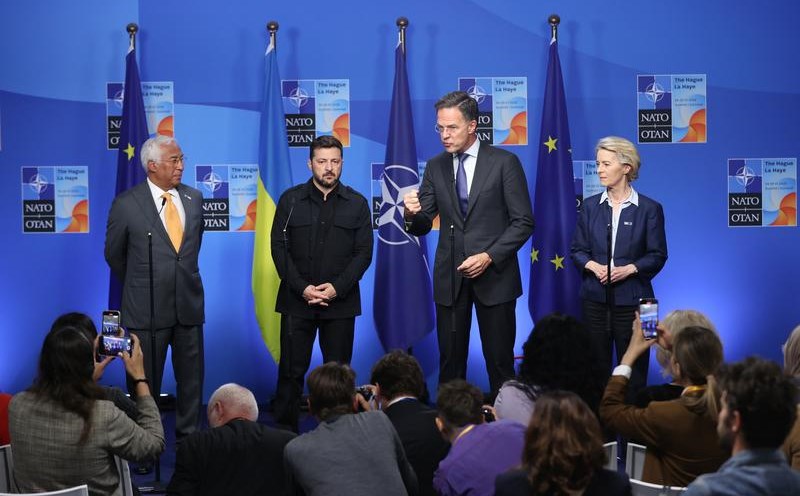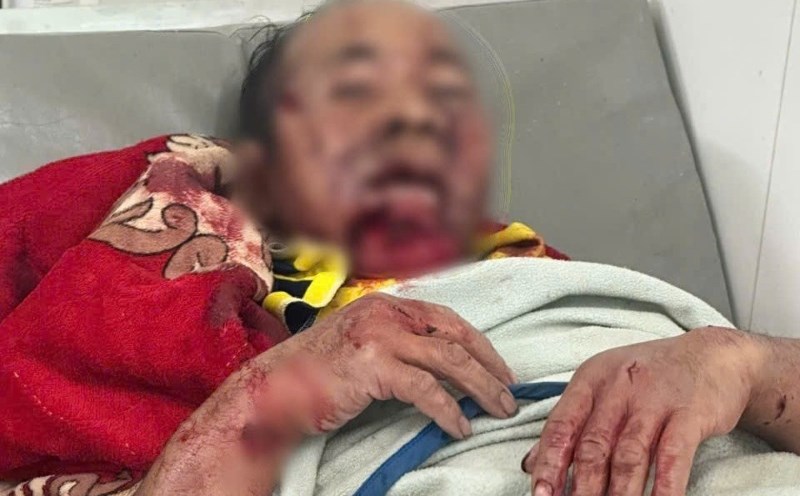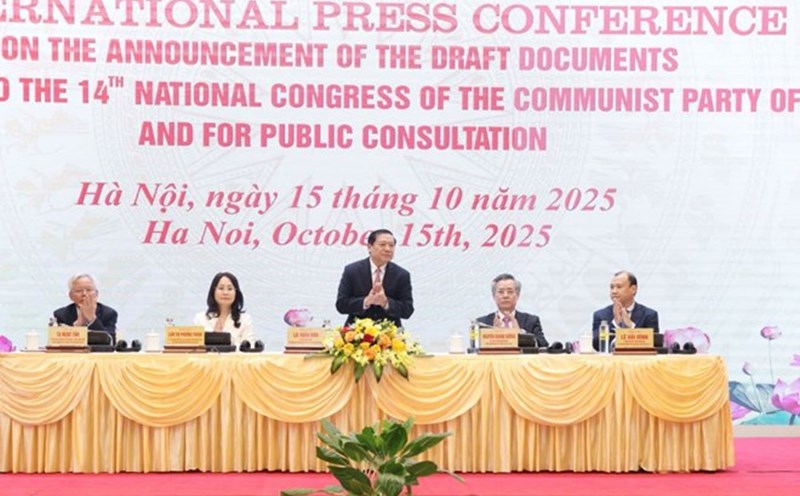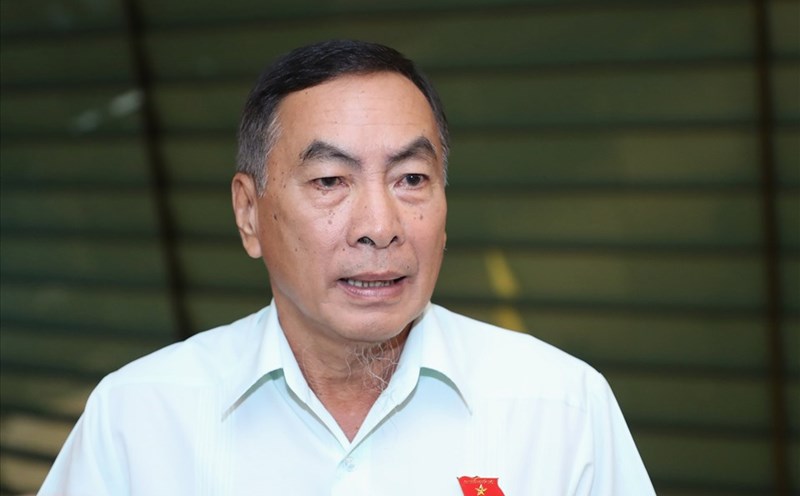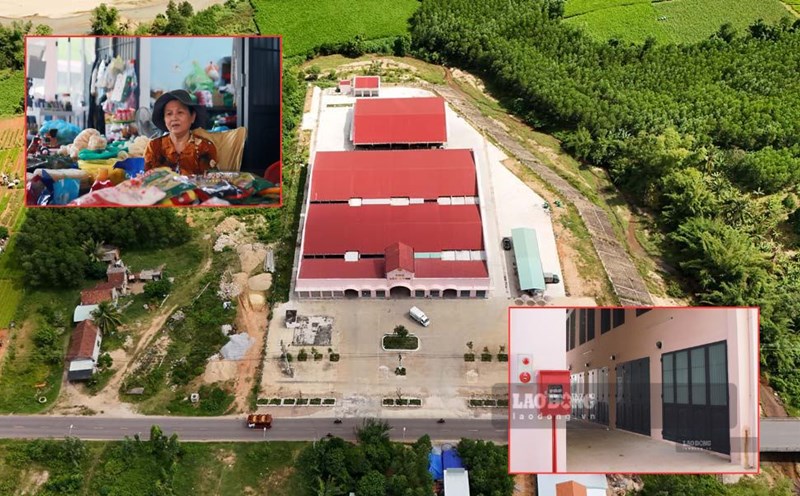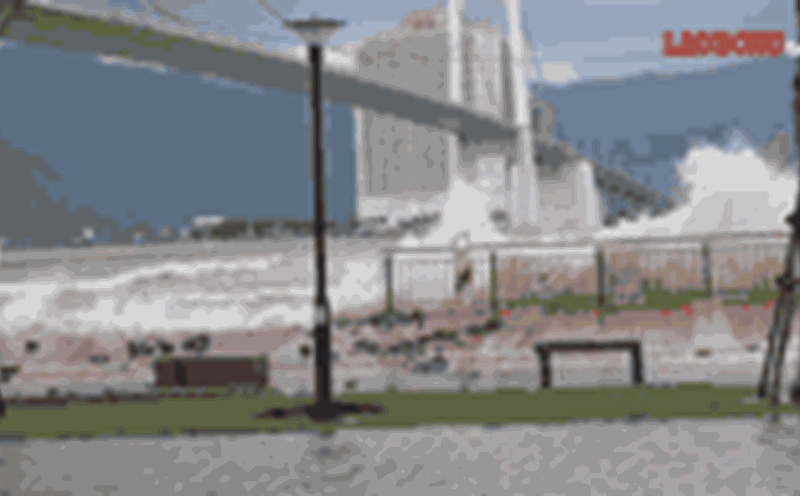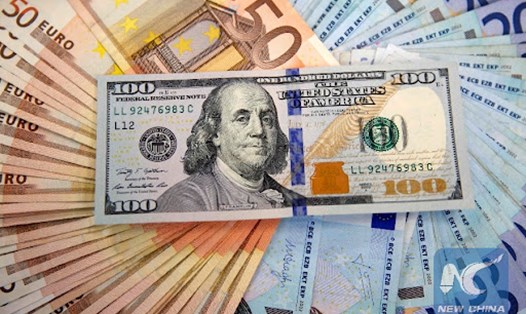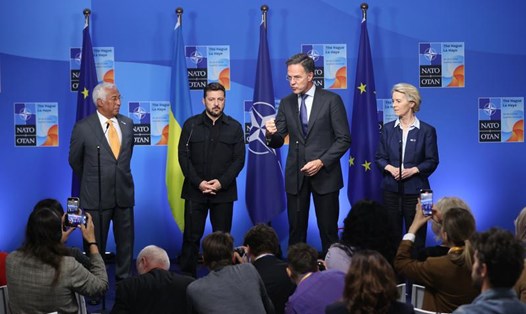On October 21, the Permanent Representatives of the European Union (EU) coordinated to issue a decision on the use of frozen Russian assets to support Ukraine. An official proposal could be made after the European Council meeting on October 23.
The EU ambassadors have "unofficially agreed" on the draft conclusions of the summit, according to the sources. A Belgian diplomat, who has long had a cautious approach, called the document a "political green light" for the European Commission (EC) to design a specific legal proposal.
The plan, outlined by European Commission President Ursula von der Leyen on September 10, will not directly seiz the principal of Russia's frozen assets worth more than 200 billion euros ($215 billion).
Instead, the bloc will use profits, interest and cash arising from these assets as collateral for a large loan to Ukraine. This is considered an intermediary solution, allowing the EU to both use Russian money and avoid complex legal risks.
Belgium has previously opposed the idea because Brussels is home to Euroclear, the pension company that holds the majority of those assets. The Belgian government is concerned that they could be sued and forced to pay back the money themselves.
However, a Belgian diplomat said the country would not block the decision at a meeting of heads of state and government in Europe on October 23, as long as it proposed a suitable risk- sharing mechanism across the European bloc.
For its part, Russia has repeatedly issued harsh warnings. Previously, Russian President Vladimir Putin warned that global financial and economic order would be destroyed if the West used Russian assets. Kremlin spokesman Dmitry Peskov also said Russia would take legal action to prosecute those involved.

